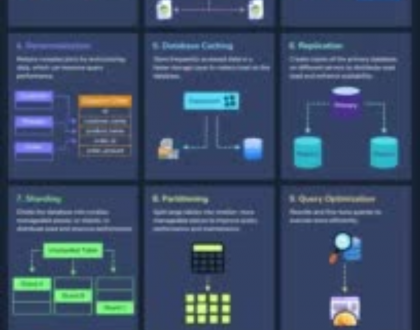How To Create An ECommerce App – A Step-by-Step Guide

Creating an Ecommerce app can be a complex process, but by following these steps you can ensure that your app is functional, user-friendly, and attractive to your target audience.
Define The Purpose And Features Of Your ECommerce App
Defining the purpose and features of your ECommerce app involves identifying the products or services you want to sell through the app, and determining the functionality you want to include such as shopping cart, payment gateway, and product search. It also includes identifying your target audience and their needs, and tailoring the app to their preferences.
Research And Analyze Competitors And Target Audience
Researching and analyzing competitors and target audience involves studying other ECommerce apps in your niche to understand their strengths, weaknesses, and market positioning. It also includes identifying your target audience, their preferences and needs, and understanding how they interact with similar products or services in the market. This information can be used to tailor your app’s features and marketing strategies to better serve and attract your target audience.
Create Wireframes And A Prototype Of The App
Creating wireframes and a prototype of the app involves using wireframing tools to create a rough layout of the app’s user interface, and a working prototype to test the app’s usability and user experience. This step allows you to see how the final product will look and function, and make necessary adjustments before the actual development process begins. It helps in visualizing the end product and make necessary adjustments before the actual development process begins.
Choose A Technology Stack And Development Platform
Choosing a technology stack and development platform involves deciding on the programming languages, frameworks, and tools that will be used to build the app. It also involves selecting a development platform, such as Android or iOS, and determining which technology stack, such as React Native or Flutter, will be used to build the app on the selected platform. This decision will have a significant impact on the development process, so it is important to choose a technology stack and development platform that is suitable for your app’s needs.
Develop The App And Test It For Bugs And User Experience
Developing the app and testing it for bugs and user experience involves using the chosen technology stack to build the app, and thoroughly testing it for bugs and usability issues. This step is crucial to ensure that the app is functional and easy to use, and that any bugs are identified and resolved before the app is launched. It also includes testing the app for user experience, by simulating real-world scenarios and getting feedback from beta testers.
Launch The App And Market It To Your Target Audience
Launching the app and marketing it to your target audience involves making the app available on the app store and promoting it to your target audience through various marketing channels. This step is essential to making the app visible and accessible to potential users, and it is important to choose the right marketing strategies to reach your target audience effectively. This may include social media advertising, influencer marketing, email marketing, and search engine optimization.
Continuously Update And Improve The App Based On Customer Feedback
Continuously updating and improving the app based on customer feedback involves monitoring the app’s performance, gathering customer feedback and analyzing it, and making updates and improvements to the app accordingly. This step is important to ensure that the app is meeting the needs and preferences of its users, and to fix any issues that may arise. It also helps in retaining the customers and attract more users. Regularly updating the app with new features and improvements will also keep the app relevant in the ever-changing market.
In conclusion, creating an ECommerce app involves a series of steps that include defining the purpose and features of your app, researching and analyzing competitors and target audience, creating wireframes and a prototype, choosing a technology stack and development platform, developing and testing the app, launching and marketing it, and continuously updating and improving it based on customer feedback. By following these steps, you can ensure that your ECommerce app is functional, user-friendly, and appealing to your target audience.
Recommended Posts

12 Proven Ways to Improve Database Performance
April 29, 2025


